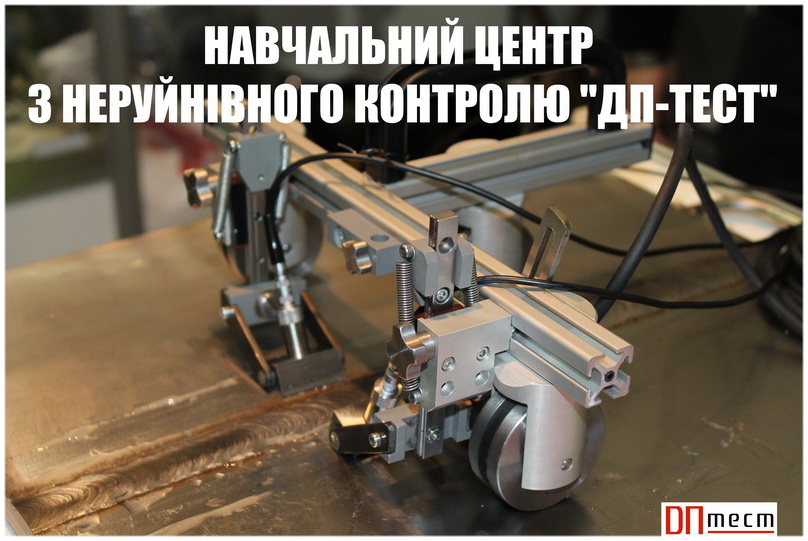Actuality of theme. The automated eddy current control system of fuel cell tubular shells is a hot topic, as it relates to the safety and efficiency of nuclear energy, which is one of the most promising and clean energy sources in the modern world. Nuclear reactors are used not only to generate electricity, but also for scientific, medical and industrial purposes. However, nuclear power also has its risks related to possible accidents, radiation leaks, terrorist attacks and waste disposal problems. Therefore, it is necessary to ensure a high level of quality control and reliability of nuclear installations, especially those containing heat-emitting elements (fuel cells), which are directly involved in nuclear fission.
The eddy current method is one of the most effective and accurate methods of non-destructive testing of fuel cell casings, which may have defects that lead to leakage and fuel leakage. The eddy current method allows detecting defects of various types and sizes without contacting the tubular shell, which reduces the risk of damage. However, the eddy current method also has its complications, related to the need to precisely adjust the parameters of the eddy current converter, synchronize the movement of the converter and the tubular shell, and process and interpret the eddy current signals. Therefore, it is urgent to develop an automated eddy current system for monitoring the tubular shells of heating elements, which would ensure fast, accurate and reliable quality control of heating elements.
The object of research - The process of automated eddy current non-destructive control of the casings of TVELs of NPPs.
The subject of research - Methods and means of automated eddy current non-destructive control of thin-walled steel casings of NPP TVELs during their production.
The aim of the study. The purpose of the research is the development of an automated eddy current control system for fuel cell tubular casings, which would include the following main stages:
- analysis of requirements for the control system and determination of its functional and technical characteristics;
- selection and development of an eddy current converter that would provide optimal sensitivity and resolution to defects in the tubular shells of fuel cells;
- selection and development of a mechanical drive that would ensure uniform and synchronized movement of the eddy current converter on the surface of the tubular shell;
- selection and development of a data processing and visualization unit that would receive, process and display eddy current signals, as well as detect and localize defects in the tubular shells of fuel cells;
- selection and development of the control unit, which would ensure the synchronization of the operation of all elements of the control system, as well as carry out diagnostics and debugging of the system;
- conducting experimental studies and analyzing the results of the automated eddy current control system of fuel cell tubular casings.
Research methods. The following research methods will be used for the development of an automated eddy current control system for the tubular casings of fuel cells:
- analysis of scientific literature and patent information on the issues of fuel control, eddy current method and automated systems;
- mathematical modeling of eddy current fields and signals arising from the presence of defects in tubular shells;
- experimental study of the characteristics of eddy current converters and their influence on the quality of control;
- design and development of a prototype of an automated eddy current control system for fuel cell tubular casings, consisting of an eddy current converter, a mechanical drive, a data processing and visualization unit, and a control unit;
- testing and verification of the developed system on the stand using samples of tubular casings with known defects;
- comparative analysis of the results of the developed system with existing control systems and determination of its advantages and disadvantages.
Practical significance of the obtained results:
1. The results of the design of the eddy current control system of TVEL tubes may be used at the stage of their production in order to increase the reliability and durability of TVEL operation.
2. Automation of the VSK process and the use of two types of converters in the system - overhead matrix and pass-through allows to increase the efficiency of control, reduce control time and minimize errors related to the human factor.
Research advisor: Y.Kuts









